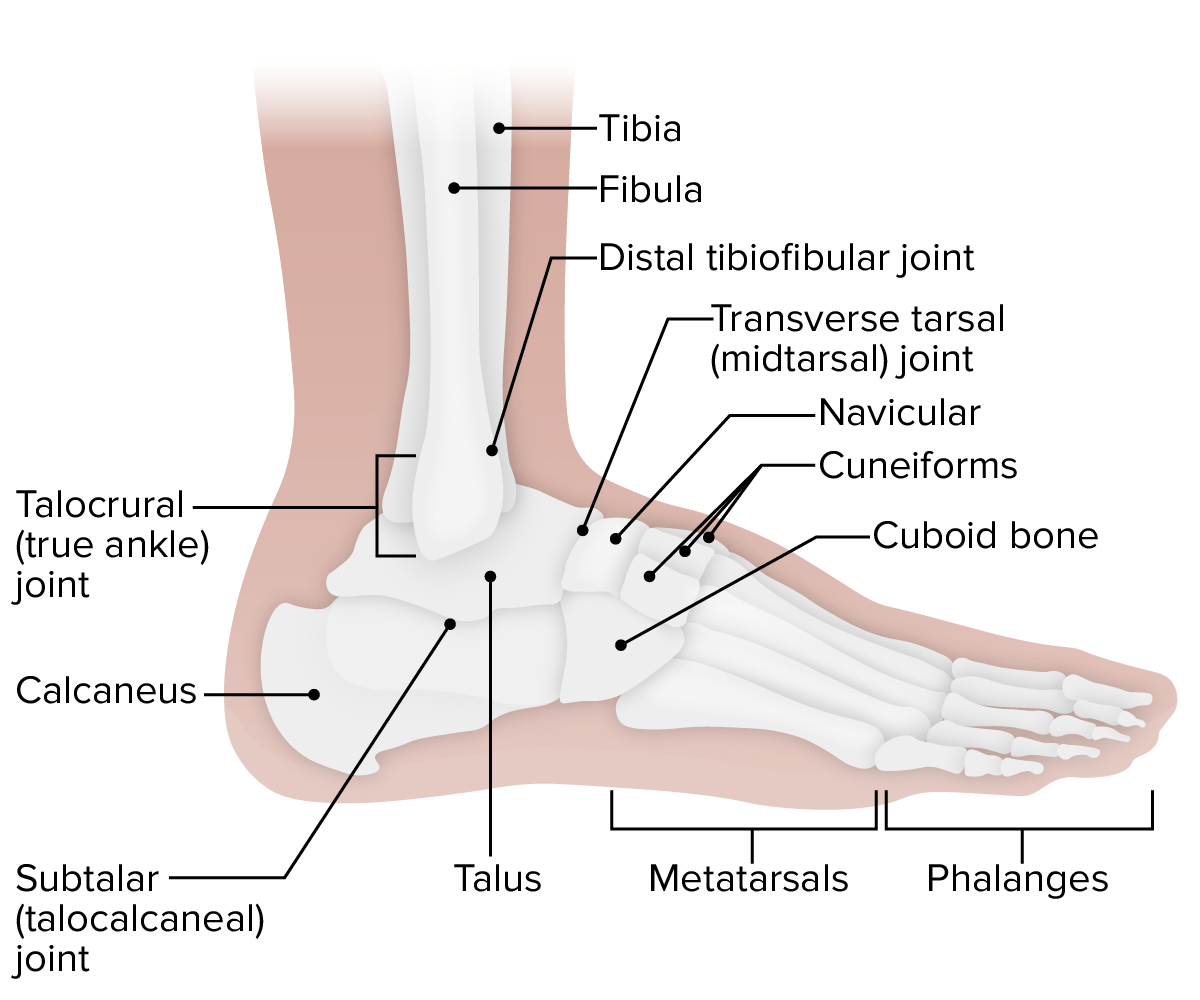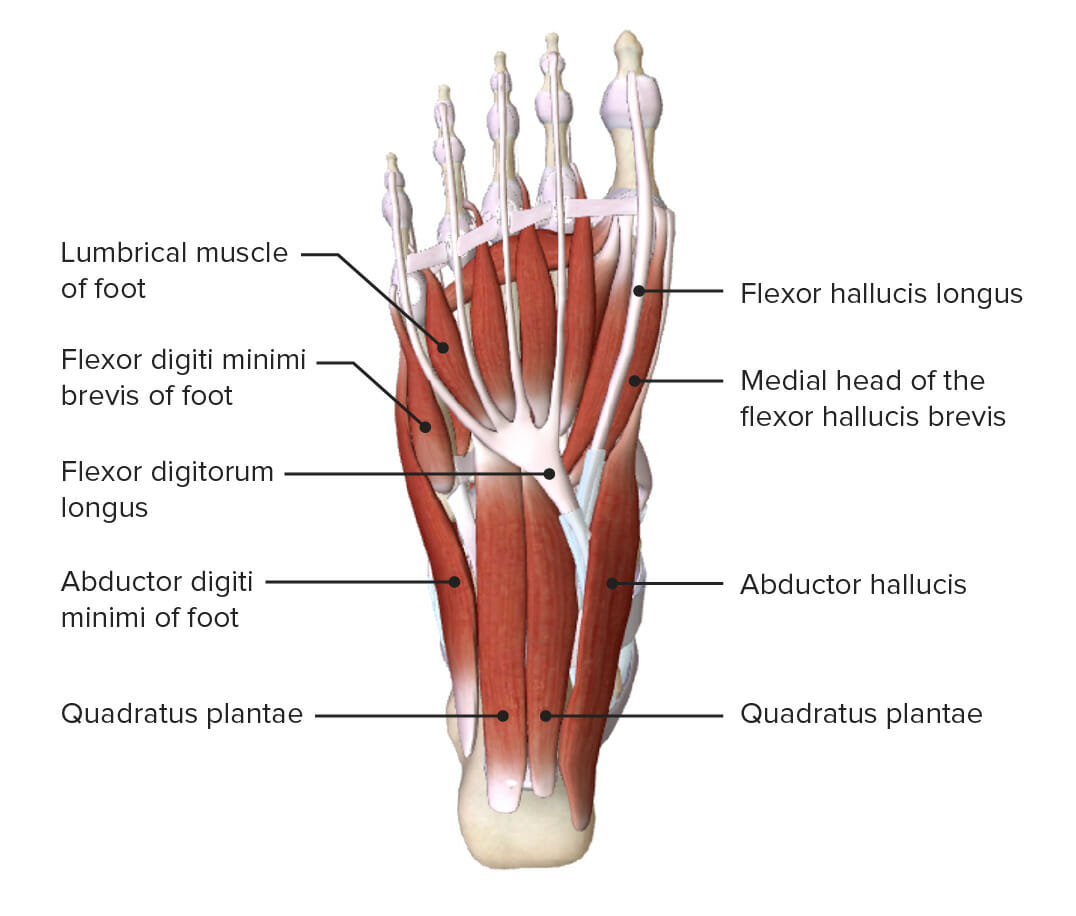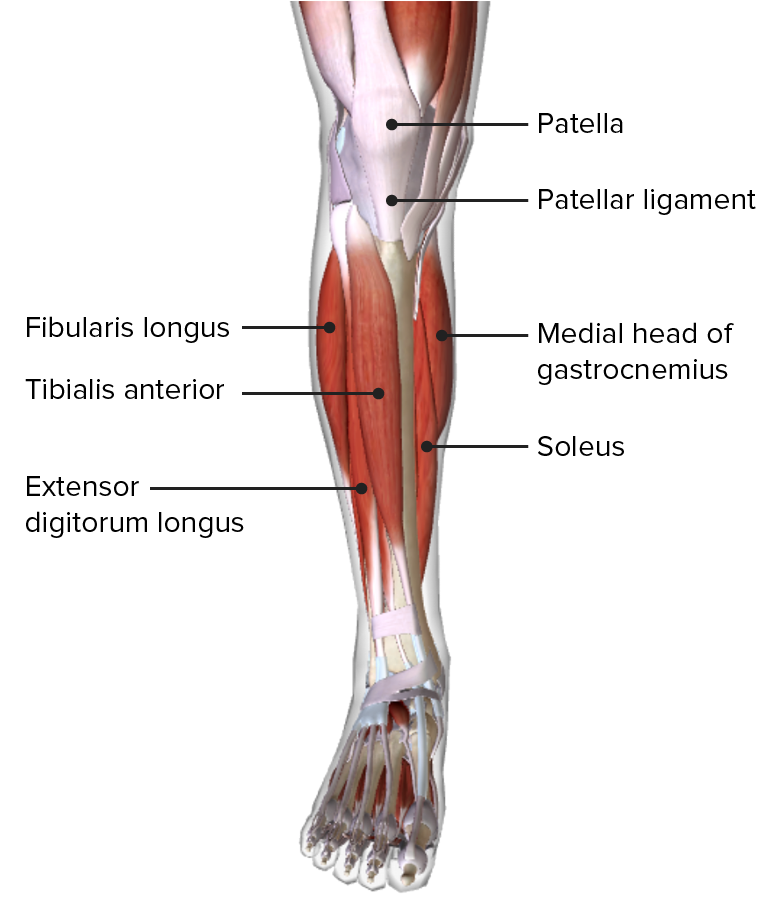Playlist
Show Playlist
Hide Playlist
Joints of the Foot: Plantar Ligaments – Joints of Lower Limb
-
Slides 09 LowerLimbAnatomy Pickering.pdf
-
Download Lecture Overview
00:01 If we look to the sole of the foot, then we have a series of what are known as plantar ligaments. 00:06 And here we can see the long plantar ligament, and we can see the plantar calcaneocuboid ligament. Again, some important ligaments that help to hold the bones of the foot together and offer some spring holding the arches together. So if we look at the plantar calcaneonavicular ligament, here we have the plantar calcaneonavicular ligament. Then here we can see this is running from the calcaneus to the naviculum. So it’s running from the calcaneus to the naviculum, the calcaneonavicular ligament. And this is known as the spring ligament. It helps to hold the bones together and allowing them to have some spring within them. It fills a space between the sustentaculum talis and the navicular. And as I said, it helps to maintain the longitudinal arch of the foot. So here, we’ve got the plantar calcaneonavicular ligament. We also have a long plantar ligament here, and this is running from the calcaneus to the cuboid bone and some fibres pass over towards the metatarsals. So we got the long plantar ligament. We can see it’s also running to the cuboid here. So we have the plantar calcaneocuboid ligaments. And these are really important in holding, again, supporting the bones of the foot. It forms the tunnel for the tendon of fibularis longus to pass through, and it also helps to maintain the longitudinal arch. Okay. So to finish, I just want to talk
About the Lecture
The lecture Joints of the Foot: Plantar Ligaments – Joints of Lower Limb by James Pickering, PhD is from the course Lower Limb Anatomy [Archive].
Included Quiz Questions
What is the function of the plantar calcaneonavicular ligament?
- Maintains the longitudinal arch
- Dorsiflexion ligament
- Plantar-flexion ligament
- Tunnel-forming ligament
- Stability ligament
Customer reviews
5,0 of 5 stars
| 5 Stars |
|
5 |
| 4 Stars |
|
0 |
| 3 Stars |
|
0 |
| 2 Stars |
|
0 |
| 1 Star |
|
0 |






